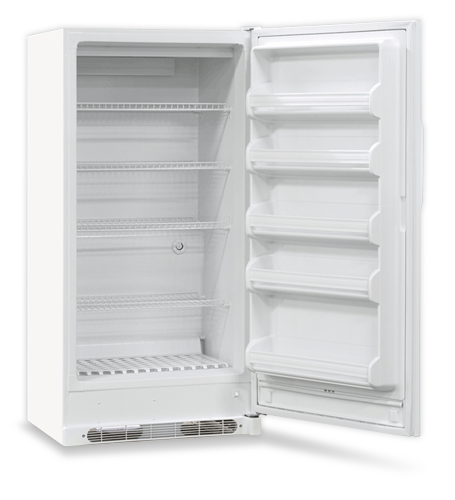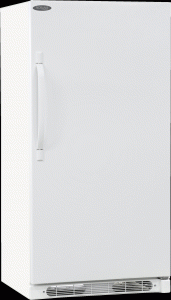
Storage Tips to Help Safeguard Vaccines

Vaccine storage is an important topic that must be addressed by hospitals, clinics and other healthcare facilities. A good reference is the CDC’s Vaccine and Storage Handling Toolkit*. Among the suggestions are segregating different vaccine formulas used in these facilities to areas that are clearly identified. Store by expiration dates and administer vaccines following first-in-first-out procedures. Expired vaccines should be disposed of in an approved manner in accordance with state health requirements. (Updated December 26, 2013)
Vaccines lose their potency if improperly stored. Clinics should follow manufacturers’ recommended storage temperatures. Residential-grade refrigerators and freezers are not designed to maintain the temperature consistency necessary for proper storage of vaccines. Using these types of units can result in financial loss for clinics and patient aggravation due to spoiled vaccines.
If budgets do not permit the purchase of pharmacy-grade refrigerators and freezers, laboratory refrigerators and and laboratory freezers such as Nor-Lake models offered by Tovatech provide a lower-cost option.
Even with these units, it is important to implement storage procedures to minimize the potential for damage. Until your healthcare facility acquires pharmacy-grade vaccine refrigerators and freezers here are some recommendations on selecting and using laboratory models. Some of these apply to any vaccine storage operation.
- Assign a minimum of two personnel trained and responsible for vaccine storage and handling.
- Maintain a realistic inventory based on your requirements so vaccines do not age over extended periods of time in the units. (Remember the first-in-first-out rule.)
- Follow manufacturers’ storage recommendations. A general recommendation is keeping freezers at 5˚F (-15˚C) or colder and refrigerators at 35˚- 46˚F (2˚- 8˚C). Optional digital thermometers with an alarm function are available if needed for this purpose.
- Log freezer and refrigerator temperatures at the beginning and end of each day. Take immediate action if they fall out of range. Keep records for three years.
- Storing vaccines in door shelves, bins or baskets is not recommended. Instead place frozen ice packs or bottles of cold water in these locations to help stabilize temperature.
- Do not place vaccine containers in contact with the unit’s walls or near cold air outlets. Keep them centered on the storage shelves in such a way that air can freely circulate.
- No food or beverages should be stored in the units.
- Have an emergency plan for a power failure and make all staff members aware of it.
As cold weather arrives in Northern climes there will be increased calls for vaccines. Safe, responsible vaccine storage procedures will help ensure that your healthcare facility is ready to respond.
Contact the scientists at Tovatech for further explanations on specifying and using Norlake general purpose laboratory refrigerators and freezers for vaccine storage.
How do you store vaccines in your clinic? What procedures are written down to ensure personnel follow correct procedures?
*Currently (November 2010) under revision, readers are directed to the CDC’s Pink Book
